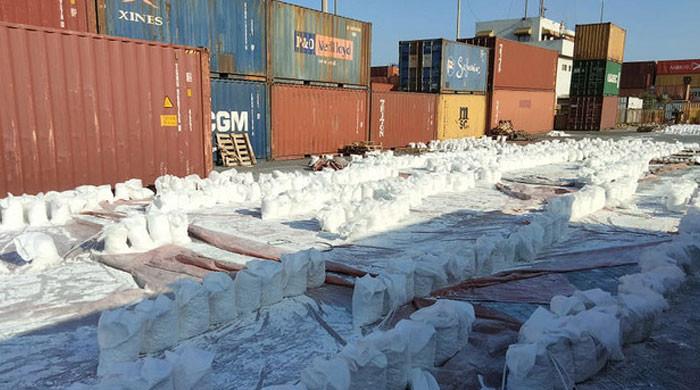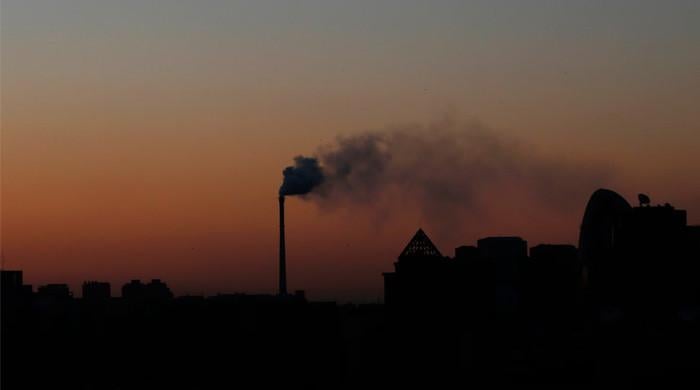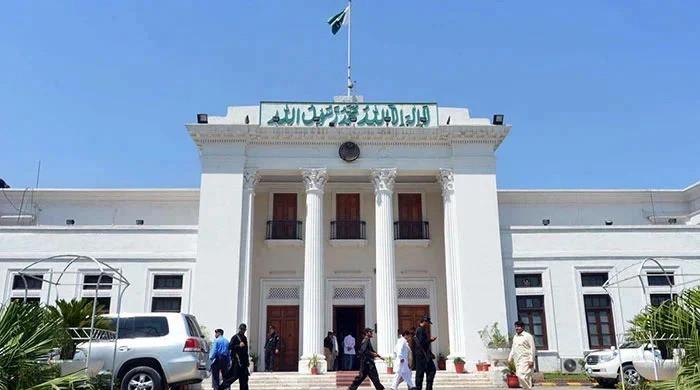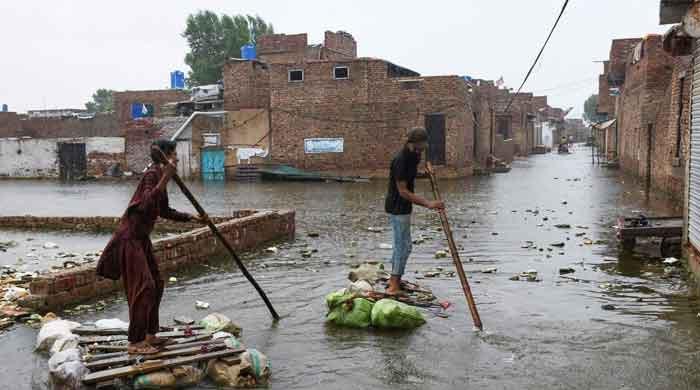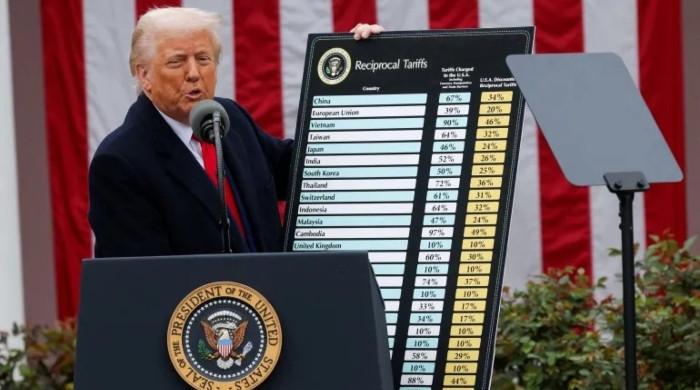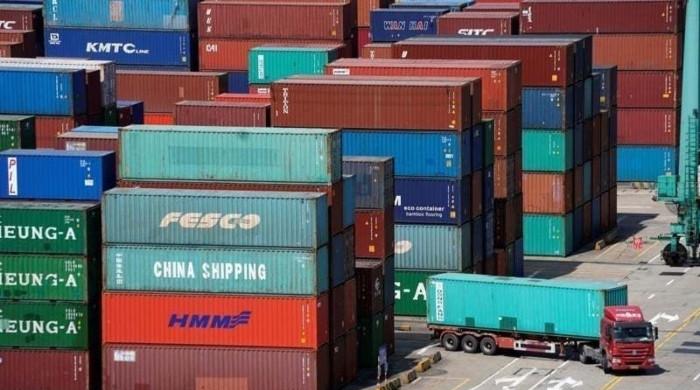Budget 2021-22: Realistic or over-optimistic?
While the base effect (negative growth in FY2019-20) has added a fillip to this year’s numbers, it was not strong enough to overshadow the estimates
June 11, 2021

In what appears to be a remarkable turnaround, official estimates show that Pakistan’s economy has grown by almost 4% in the current fiscal year (FY2020-21). Not only is this double what the government projected in July 2020, but it far outstrips the predictions of multilateral financial institutions, mainly the International Monetary Fund (IMF) and the World Bank, whose growth projections for Pakistan were 1.5 and 1.3%, respectively.
In a year when, according to government data, 20 million people were rendered unemployed between March and October 2020, how did the economy’s productive power keep going, to the extent that all expectations were outstripped?
While the base effect (negative growth in FY2019-20) has added a fillip to this year’s numbers, it was not strong enough to overshadow the estimates. In other words, if the figures are even halfway reliable, something good has been happening to Pakistan’s economy.
A quick read of the Economic Survey 2020-2021 released yesterday would indicate that much of the credit for the recovery goes to large scale manufacturing (LSM), which grew by about 9% overall. While the base effect did play a role here (growth in LSM was -7% last year), a number of industries showed strong growth and more than accounted for the previous year’s losses. These included automobiles, pharmaceuticals, and to a lesser extent, food and beverages.
This coupled with a respectable growth of 2.5% in crop agriculture (particularly a bumper wheat crop) helped to buoy the services sector, particularly wholesale and retail trade. The data also shows that the government’s decision to steer clear of a complete lockdown resulted in employment rising again after September 2020, and by the end of the year, Pakistan’s workforce was once again at about 55 million.
The government’s stimulus packages (tax refunds for exporters, deferment of loans for small enterprises, and of course the Ehsaas programme payouts to the poorest sections of society) seem to have played a role in keeping production and demand going.
All of this looks rather rosy, but the bulk of Pakistan’s population, which falls in the lower three income quintiles, could be forgiven for looking around and wondering where the much-vaunted V shape recovery has occurred.
According to official estimates, the sensitive price indicator (or SPI) which measures mainly food and fuel inflation, was 13.5% over the last year – a number that can wreck household budgets as many have experienced. Families on lower-income scales who spend from a quarter to a third of their household income on food alone are barely managing to survive.
So what’s going on?
Quite simply, there is growth, but it’s not “trickling down.” For that to happen, high growth will have to occur in small and medium enterprises (which constitute about 70% of the industry and are far more labour intensive than LSMs), and/or in agriculture, particularly crop agriculture where high growth typically translates into greater employment in rural off-farm occupations.
Pakistan has made a good recovery, and the gains in LSM and agriculture are not to be sneezed at, but we need to see sustained growth across most sub-sectors of the commodity-producing sectors before we are out of the woods.
Having said that, the mood in government circles is triumphant, and more importantly, for the first time in years, the talk is not off stabilisation or crisis management, but of growth. And with remittances at record levels and exports showing some growth, fears of current account deficits are low.
Are the years of demand suppression a thing of the past?
The budget presented today is very much in keeping with a regime gunning for quick success in the last two years of its mandated term.
The prime minister told reporters before the speech that “everyone will be happy with the budget,” and it’s clear that the government is trying to play too many constituencies.
In terms of key features, tax collection has been targeted at a record Rs 5829 billion, but the emphasis is on reducing rates and extending the tax net, rather than raising rates as has typically been done in the past. Even so, this is going to be a tall order given that the tax collection target is almost 18% higher than this year’s collection. Granted that COVID-19 had ravaging effects this year, whereas now it’s receding, but this is still a highly ambitious target.
How this revenue will be collected is somewhat vague. The government is reducing sales tax in some areas, including on cars of up to 800 cc (which should help middle-class consumers), and has also reduced the excise duty on telephone calls.
In a move designed to set off a rally in the stock market, the capital gains tax on securities has been reduced from 15 to 12.5%. It’s not clear why this was considered necessary, given that the strength of the stock market was being cited as a sign of the economy’s resilience.
There are also some business-friendly measures for small businesses, like raising the turnover tax ceiling quite drastically, from a turnover of Rs3 billion to Rs10 billion. In another welcome move, the withholding tax on bank transactions has been removed. So how will the increased revenue target be met, with so many tax concessions?
According to the Finance Minister, by extending the tax net to, for example, e-commerce concerns. If that works, it will indeed be a coup as widening the tax net has been a key recommendation of economists across the board for some time.
The government’s populism extends to expenditure, with a substantial allocation for Ehsaas (Rs246 billion); and a proposed 40% increase in public investment through the PSDP. Pay and pensions are to be raised by up to 20%. And after years of drastic cuts in development expenditure, this is again a much-needed stimulus.
But whether all this happens depends entirely on how tax evasion is curtailed and the tax net widened. It’s a tall order, but let’s see.
Safiya Aftab is the Executive Director, Verso Consulting, Islamabad.





